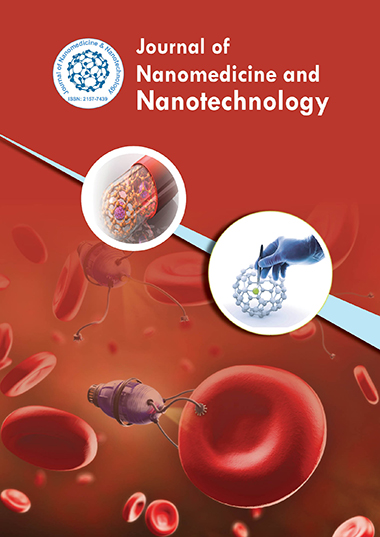索引于
- 打开 J 门
- Genamics 期刊搜索
- 学术钥匙
- 期刊目录
- 研究圣经
- 中国知网(CNKI)
- 西马戈
- 乌尔里希的期刊目录
- 电子期刊图书馆
- 参考搜索
- 哈姆达大学
- 亚利桑那州EBSCO
- OCLC-WorldCat
- SWB 在线目录
- 虚拟生物学图书馆 (vifabio)
- 普布隆斯
- 米亚尔
- 科学索引服务 (SIS)
- 欧洲酒吧
- 谷歌学术
分享此页面
期刊传单

抽象的
Peptide Nanomaterials Self-Assembled at Biointerfaces: Molecular Engineering and Biomedical Applications
Stefan Pintar
Peptide nanomaterials, formed through self-assembly at biointerfaces, present a promising avenue in biomedical research due to their tunable properties and versatile applications. This review discusses the fundamental principles underlying the selfassembly of peptide nanomaterials, emphasizing molecular engineering strategies that govern their structure and function. Key non-covalent interactions such as hydrogen bonding, hydrophobic interactions, electrostatic forces, and π-π stacking drive the spontaneous organization of peptides into various nanostructures including nanofibers, nanotubes, and hydrogels. The molecular design of peptide sequences, coupled with considerations of amphiphilicity, charge distribution, and length, allows precise control over nanostructure formation and properties. In biomedical applications, peptide nanomaterials demonstrate significant potential in drug delivery systems, tissue engineering scaffolds, diagnostic imaging agents, and biointerface coatings. Their biocompatibility, ability to target specific biological environments, and potential for controlled release systems highlight their utility in addressing challenges in modern medicine. Challenges such as scalability, stability, and immunogenicity are discussed, along with future directions aimed at optimizing peptide nanomaterials for clinical translation. Overall, peptide nanomaterials represent a promising class of biomaterials with multifaceted biomedical applications, offering opportunities for advanced therapeutic strategies and enhanced biomedical technologies.